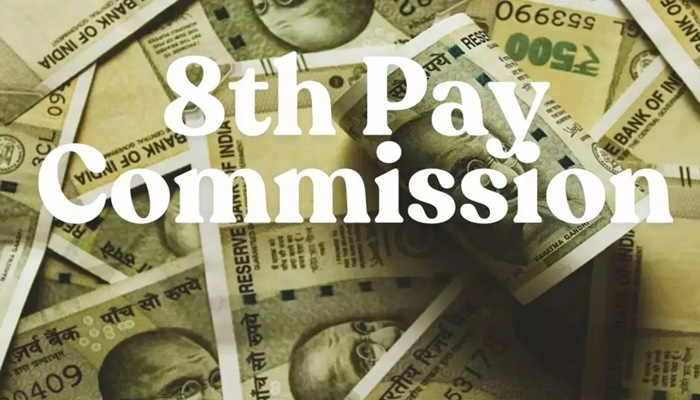The Supreme Court has ruled that retired government employees who are re-employed after retirement cannot claim additional leave encashment if they have already availed the statutory limit of 300 days. This decision overturns a Sikkim High Court ruling that allowed an employee to receive leave encashment for leave accrued during their post-retirement re-employment.
The case was brought to the apex court by the State of Sikkim, which argued that the Sikkim Government Services (Leave) Rules, 1982, clearly limit leave encashment to a one-time benefit, capped at 300 days, and applicable only at the time of retirement.
The employee in question retired in 2005 and had utilised the full leave encashment of 300 days. Following his re-employment until 2019, he was granted additional leave encashment, a decision later reviewed and revoked by the State on grounds of being inconsistent with the rules. The High Court, however, had previously sided with the employee, prompting the State’s appeal to the Supreme Court.
The apex court clarified that while re-employed individuals are considered new entrants for earning leave under Rule 32 of the Leave Rules, they are not eligible for another round of encashment under Rule 36. The latter applies solely to regular service ending in retirement.
In its judgment, the Court stated that the intent of the rules is to limit leave encashment to a one-time post-retirement benefit and prevent any additional claims during subsequent re-employment. This ensures fiscal responsibility and avoids unnecessary financial strain on the public exchequer.
Source – https://www.hrkatha.com/news/supreme-court-no-second-leave-encashment-after-re-employment/




















